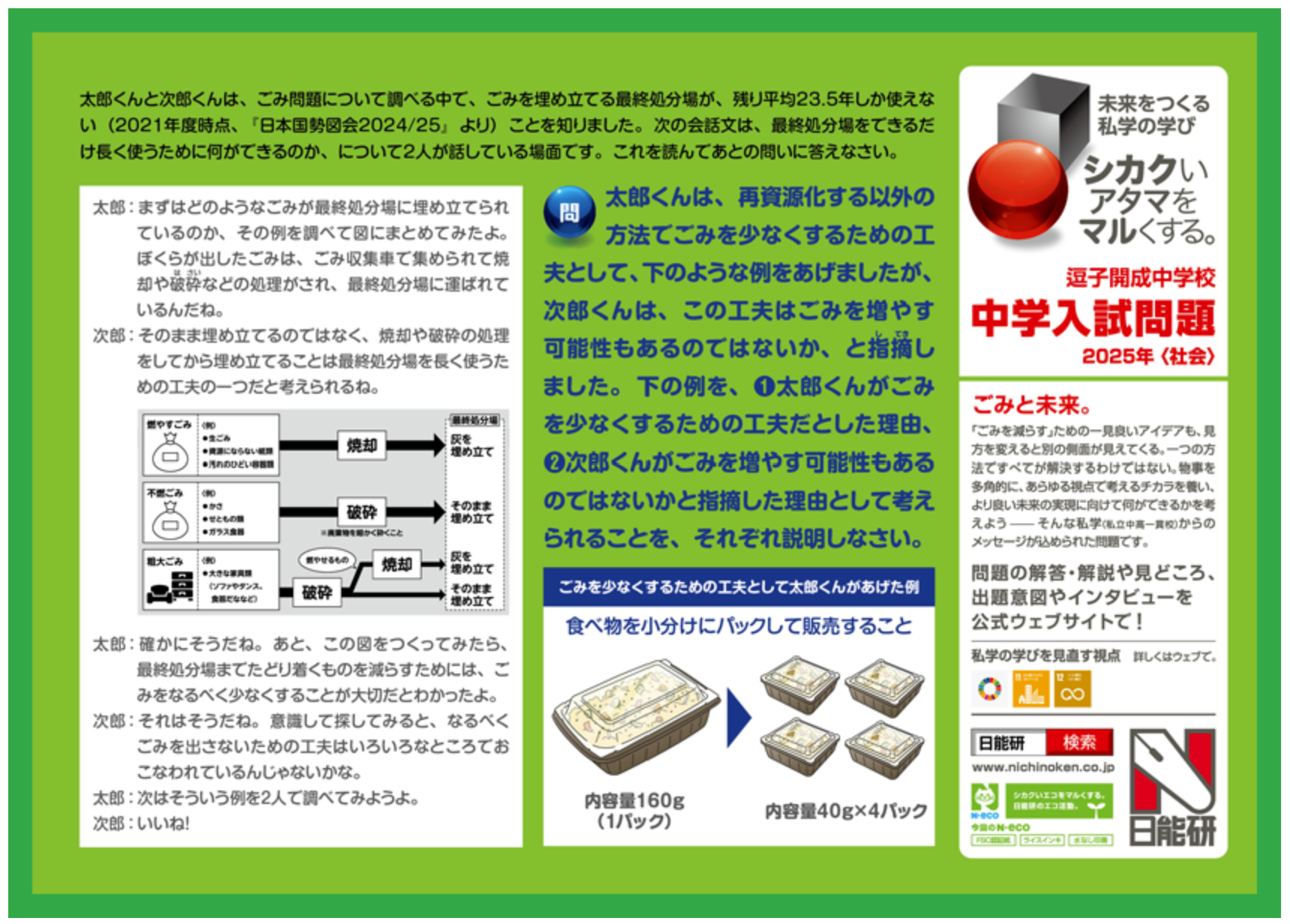 6月11日に取材した逗子開成中学の取材記事の初稿を先ほど納品しました。
6月11日に取材した逗子開成中学の取材記事の初稿を先ほど納品しました。
取材記事はAIで書けるものとは違い、人間の手で作り上げるものなので、できるだけ話者の想いを汲み取り取りたいのですが、その手前の喋るテクニックは別物で、「話者の話す内容に句読点がない」「同じ内容が繰り返される」「全体的に会話時間が少ない」という問題は対策のたてようがなく、いつも「今日の話者はわかりやすくてラッキー!」「今日は会話時間が少ないから文字にするのに困る…」と行き当たりばったりの状態です。
当然、事前質問書はあるのですが、それもあまり意味がなく、読んでくれる人もいれば読まずに取材に臨んでくる人もいます。もちろん、それをうまく引き出すのが仕事なのですが、「しゃべるのは得意なのでは?」と思える仕事の人ほど実際に取材してみるとその内容がチンプンカンプンなことが多く、逆に表に出なさそうな人ほど、論理的にしゃべるので文字にしやすかったりします。
ちなみに、音声ファイルをAIにかませて記事にすればいいじゃんと思うかもしれませんが、音声は思ったほど聞き取りやすいものではありませんので、解読できないものはバッサリ切ります。それを何度も聞き直して「何だこれ?」とやってる時間があるなら、先に進んだほうがいいですから。
I just submitted the first draft of the interview article from the June 11th interview with Zushi Kaisei Junior High School.
Unlike articles that can be written by AI, interview pieces are crafted by human hands, and I try to reflect the speaker’s intentions as faithfully as possible. However, the act of “speaking” is a separate skill altogether, and issues like “the speaker talks without punctuation,” “repeats the same points,” or “the conversation time is generally short” are hard to prepare for in advance. So, I often find myself thinking, “Lucky me, today’s speaker was easy to follow!” or “That was tough—there wasn’t enough material to turn into a proper article.”
Of course, we provide interviewees with a list of questions in advance, but that doesn’t always help—some read it, some don’t. And yes, it’s part of the job to draw them out effectively. Interestingly, those whose jobs suggest they’d be good at speaking often turn out to be the most incoherent, while people who seem more reserved are sometimes remarkably logical and easy to transcribe.
You might think, “Why not just run the audio through AI and let it write the article?” But interview recordings aren’t always as easy to understand as you’d expect. If parts are unintelligible, I just cut them out. Rather than wasting time replaying the same section thinking, “What on earth are they saying?”, I’d rather move on and get the article done.
株式会社ASAP
及川知也


